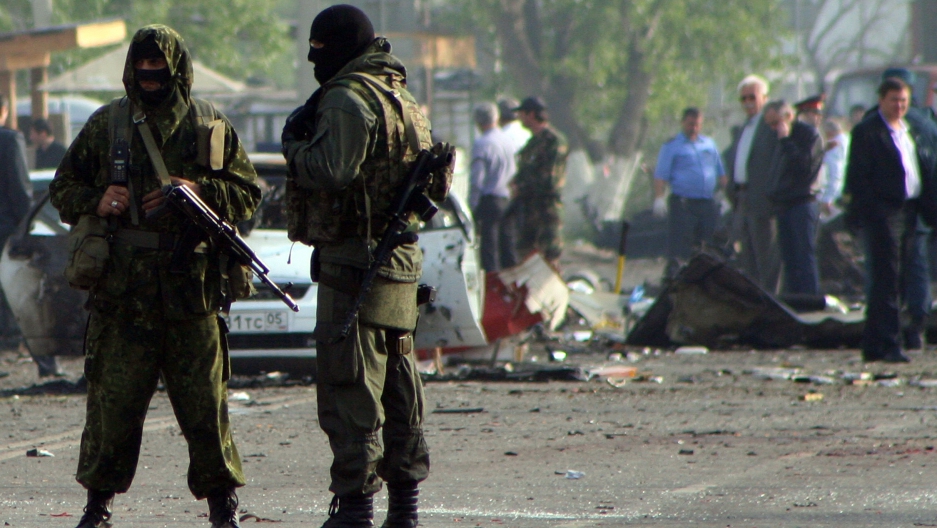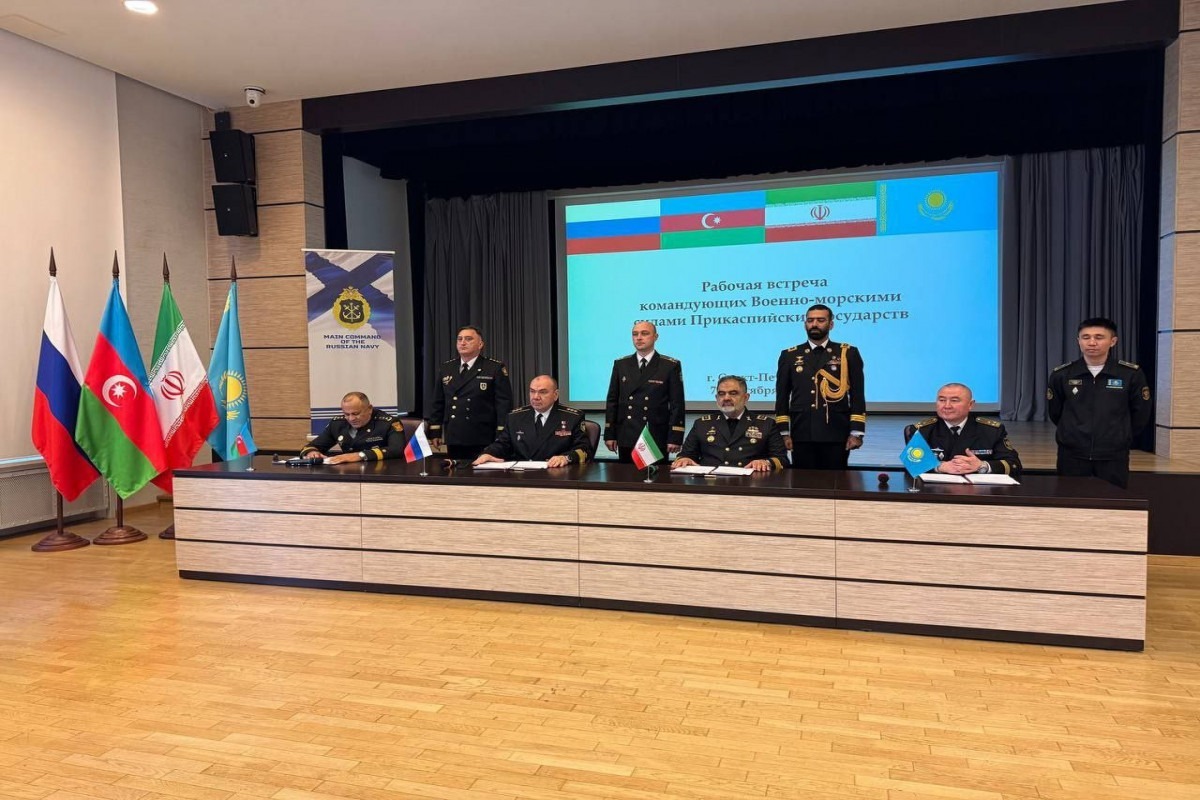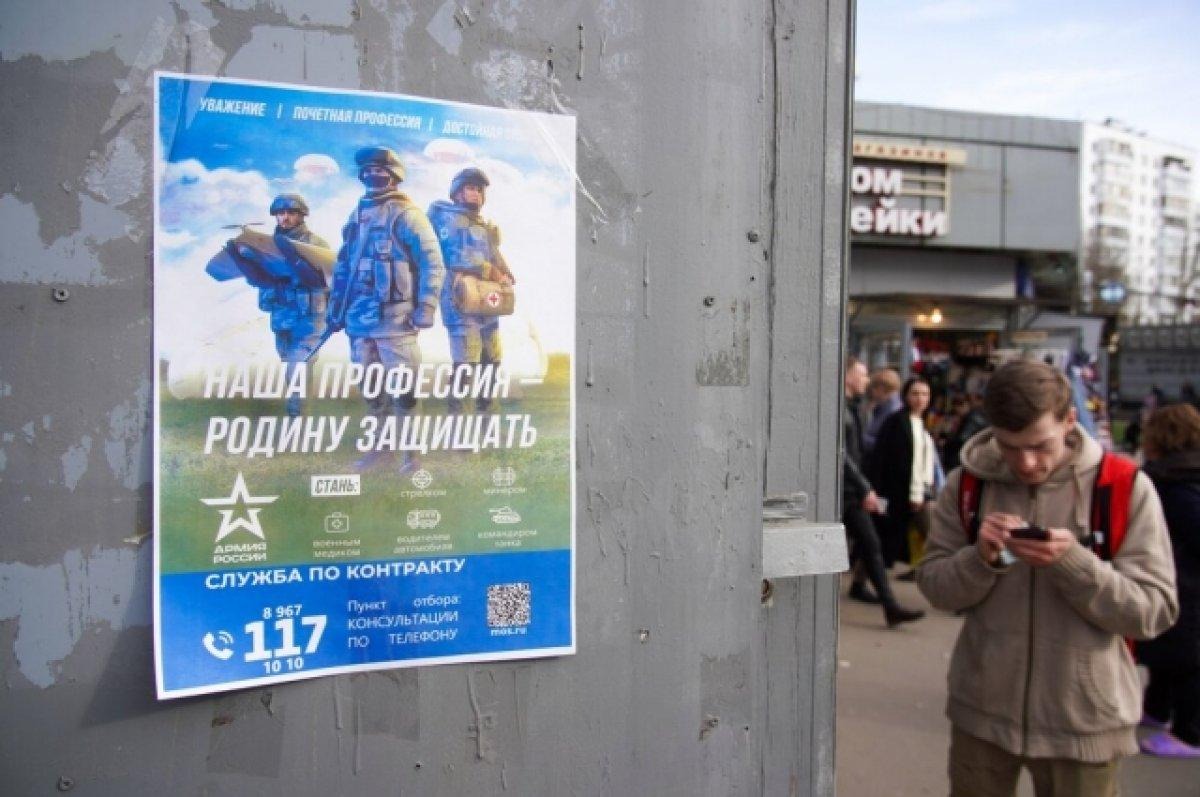
Is Political Conflict Supplanting Insurgency as the Main Challenge in the North Caucasus?
Is Political Conflict Supplanting Insurgency as the Main Challenge in the North Caucasus?
Throughout 2019, insurgent activities in the North Caucasus continued to plummet. According to preliminary data, based on multiple reports published by Kavkazsky Uzel over the past year, 46 people were directly affected by rebel-related violence in the region, of whom 32 were killed and 14 wounded. In October and November, this Caucasus-focused news outlet listed no evidence of any insurgency violence in the region at all.
The downward trend already goes back several years. In 2018, 79 people were killed in the North Caucasus, according to the same agency (Kavkazsky Uzel, accessed January 27, 2020). In 2017, the number was even higher—134 individuals killed (Kavkazsky Uzel, March 14, 2018). Fears that, after the defeat of the Islamic State in the Middle East, returning North Caucasus fighters might reinvigorate a jihad back home, did not materialize. In fact, statistics appear to show the opposite. Progressively fewer insurgency-related deaths are being recorded in the region each year.
The decline of the insurgency in the North Caucasus can partly be explained by the outflow of Islamist radicals to the Middle East. Russian authorities crushed militants at home and facilitated an exodus of orthodox Muslims to Syria and Iraq (Crisisgroup.org, March 16, 2016). Observers note, however, that the remaining insurgency movement in Chechnya is trending younger (Kavkazsky Uzel, September 10, 2019). It is also unclear how the existing political cleavages in the North Caucasus will manifest themselves.
The detention of a large group of Ingush activists protesting against administrative border changes between Chechnya and Ingushetia was a recurring theme in 2019 (see EDM, January 14, 2020). Following mass demonstrations in Ingushetia in the fall of 2018, Russian authorities cracked down on the protest leaders. Dozens of Ingush elders, former officials, and civil activists were arrested and incarcerated in detention centers outside Ingushetia. The governor of the republic, Yunus-Bek Yevkurov, did not survive the Ingushetian public’s fury and resigned in June 2019. He was replaced with the former chief of Ingushetia’s prosecutor’s office, Mahmud-Ali Kalimatov. The political change did not help the arrested activists, however; they remain under police custody.
The developments in Ingushetia highlighted the inherent weaknesses of the Vladimir Putin regime’s rigid control over the region. Notably, the frustration that fueled the Ingushetian protests against the modifications of the administrative border between Chechnya and Ingushetia in 2018 came in large part from the lack of political change in the republic. In August 2018, before any border changes, Ingushetian activists staged public protests demanding direct elections of the governor of the republic. But Moscow ignored the calls for liberalizing the political system and put forward Yevkurov’s candidacy for his third five-year term as governor (Activatica.org, August 31, 2018). Yevkurov was reconfirmed as head of Ingushetia in September 2018, only to be forced out by public anger less than a year later. In an effort to appease this widespread discontent in Ingushetia, the republican leadership was changed; but the previously detained activists have remained under arrest. Despite satisfying practically all of the local protesters’ political demands, the Kremlin somehow still managed to antagonize them by keeping many respected activists in detention. In the end, Moscow reignited entirely avoidable tensions in one of the most restive republics in the North Caucasus.
In neighboring Chechnya, violence levels have drastically diminished thanks to an unbridled counterinsurgency campaign and the delegation of authority to regional strongman Ramzan Kadyrov. Many influential Russians, however, dislike the amount of political autonomy the Chechen ruler enjoys. After successfully suppressing the insurgency movement in the republic, Kadyrov possesses political agency similar to that of the rulers of the erstwhile (1991–2000) separatist Republic of Ichkeria. The apparent deal between Putin and Kadyrov—formal submission of Chechnya to Moscow’s authority in exchange for funding and a significant degree of political autonomy—for now seems to work, but its future is anything but clear.
In Dagestan, Moscow adopted a strategy of direct rule after it installed Vladimir Vasiliev as the governor of the republic in 2017. Previously, Vasiliev was a deputy speaker of the Russian State Duma (lower chamber of the parliament) and had no connections to Dagestan. In the past, the appointment of outsiders to leadership positions in the North Caucasus has led to a rise in local ethno-nationalistic sentiment. However, there have so far been few signs of increasing tensions in Dagestan. Vasiliev has pursued a vigorous anti-corruption campaign. And now, it appears Moscow is also looking to increase federal funding to the republic (RIA Novosti, December 23, 2019). The outcome of this new strategy is still unknown. Government investments in the past typically increased inequality and social tensions. But if it proves successful this time, Dagestan might become a model for how the Kremlin handles direct appointments of governors in the other republics of the North Caucasus.
The republics with Circassian populations—Kabardino-Balkaria, Karachaevo-Cherkessia and Adygea—had relatively few important militancy or security–related developments in 2019 (see EDM, January 16, 2020). But the arrest of members of Karachaevo-Cherkessia’s Arashukov clan caught the attention of the entire Russian Federation for some time. At the end of January 2019, investigators apprehended a member of the Federation Council (upper chamber of parliament), Rauf Arashukov, and his father, Gazprom official Raul Arashukov. The younger Arashukov was jailed on suspicion of murder, and the elder—of alleged natural gas theft (TASS, January 30, 2019). High-profile arrests, however, did not fundamentally alter the political landscape of Karachaevo-Cherkessia; republican governor Rashid Temrezov successfully survived the scandal.
Additionally, last year, Circassian activists launched a campaign calling on all their different subethnic branches to adopt a single ethnic name. Activists asked all Circassians to indicate their ethnicity (nationality) in the 2020 Russian census as “Circassian” (“Cherkes”) rather than list their local ethnic names—Kabardins, Adygeis, Shapsugs, etc.—arguing that this would facilitate greater unity among Circassians and help resolve their collective action problem within the Russian Federation (Kavkazsky Uzel, February 7, 2019).
Even though more democratically open regimes can succumb to risks of destabilization and internal conflict, the current authoritarian regimes installed by Moscow in the North Caucasus are also showing their weaknesses. And as Russia’s Putinist system undergoes its latest administrative and constitutional transition over the coming months (see EDM, January 16, 2020), it is likely to affect developments in this restive peripheral region in various unpredictable ways.


